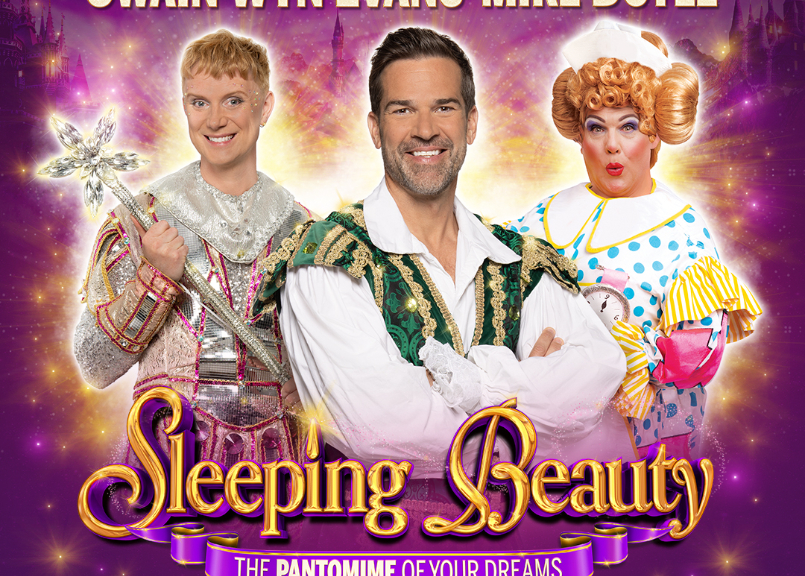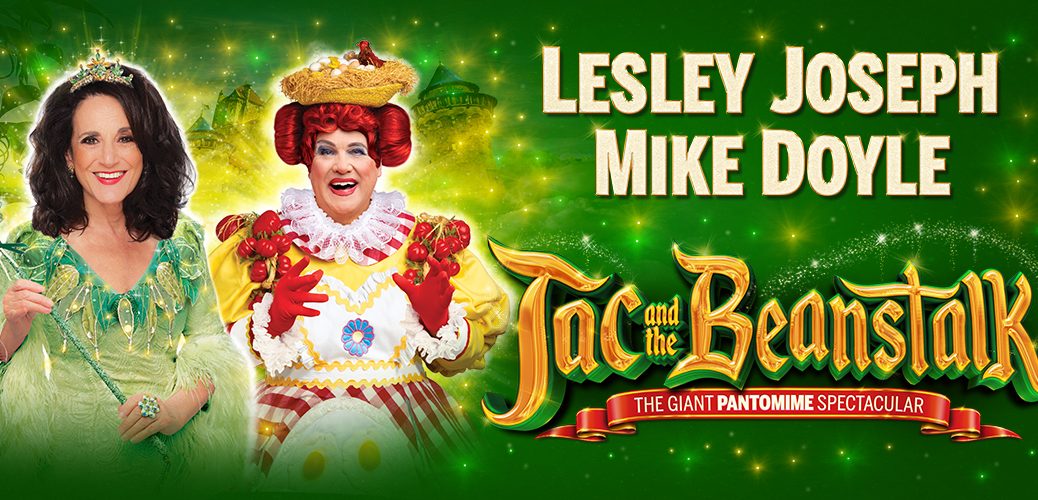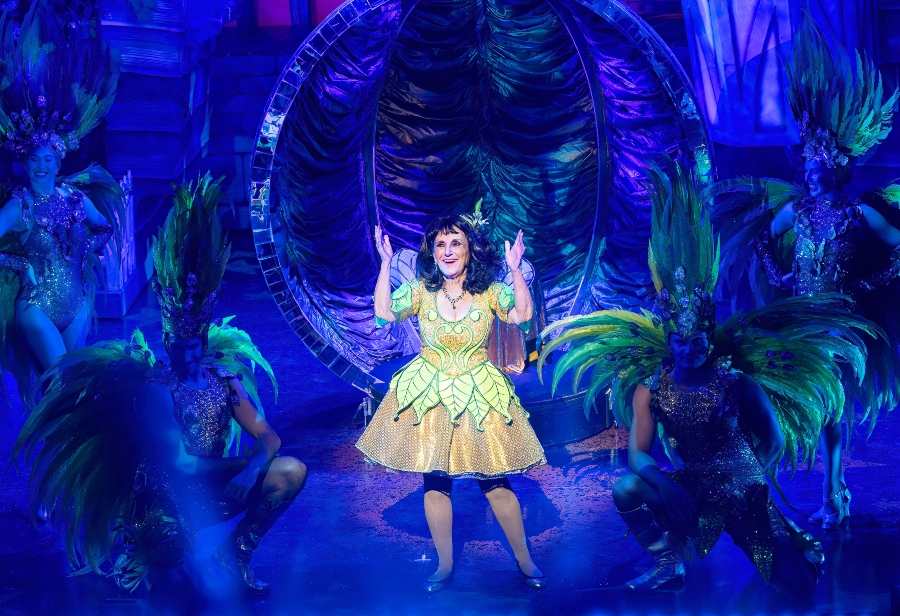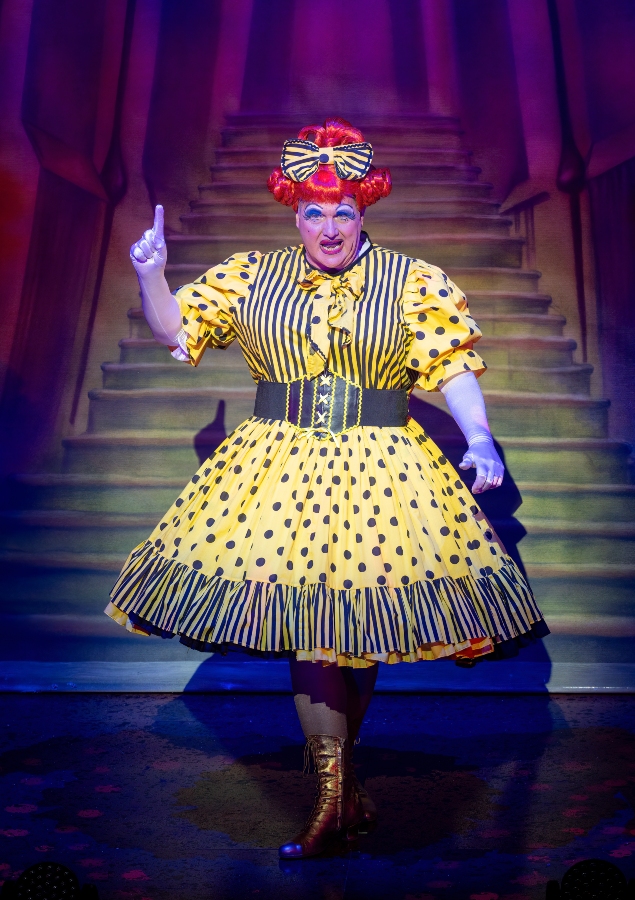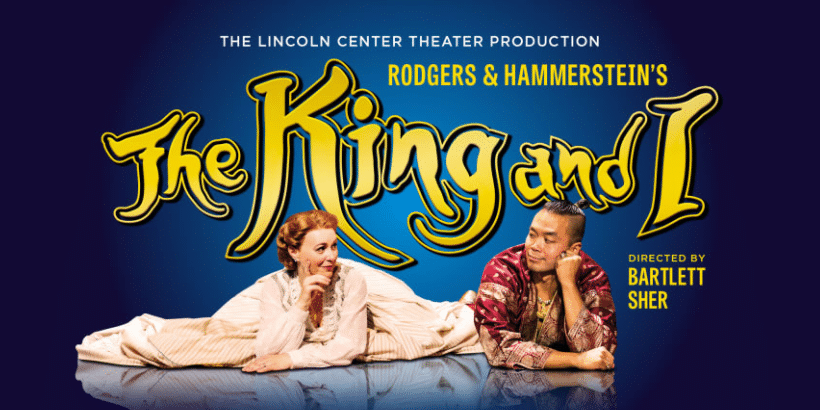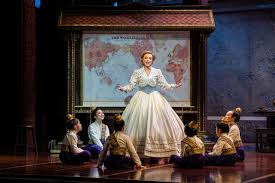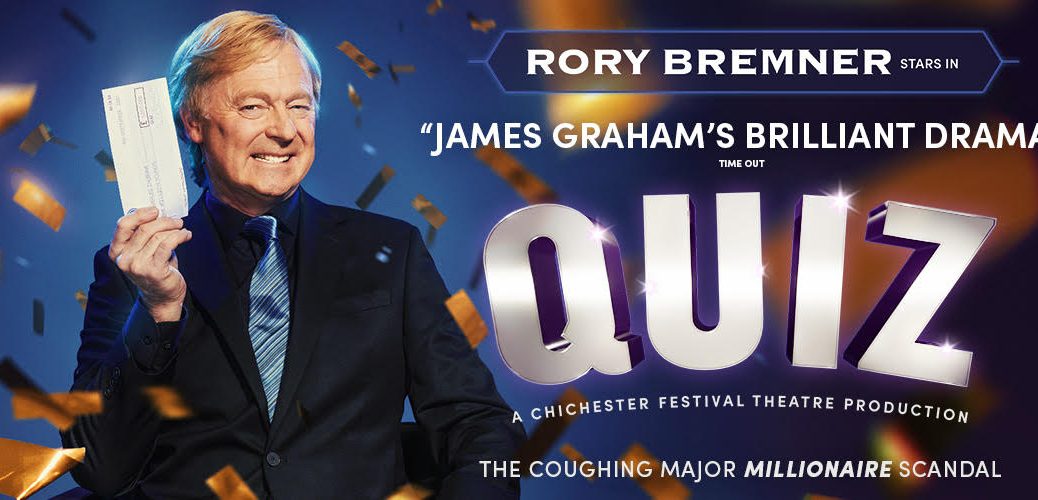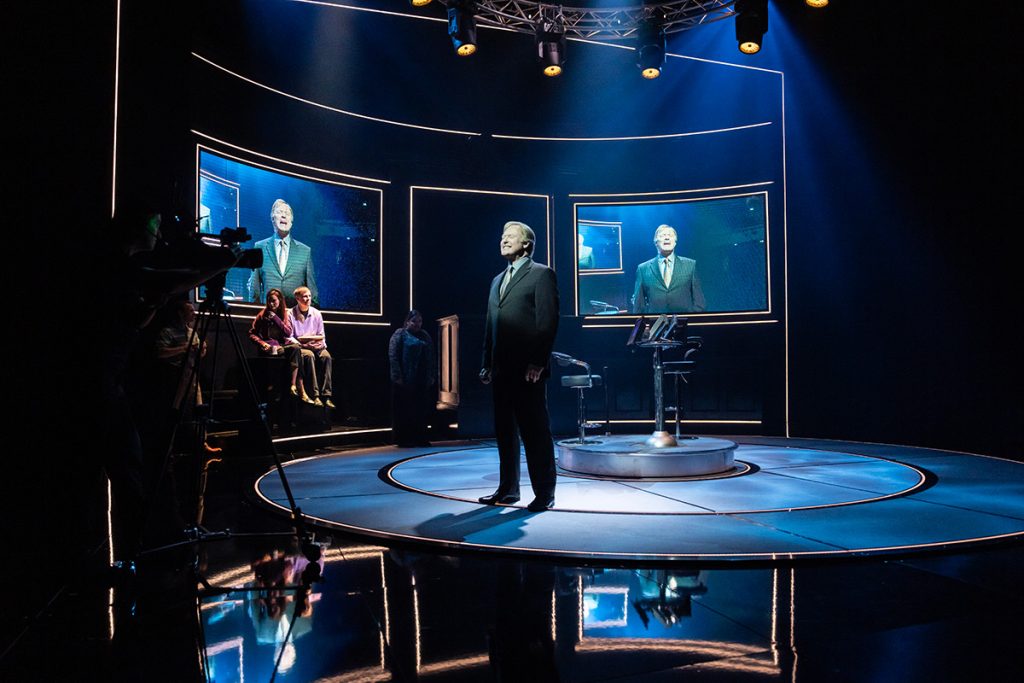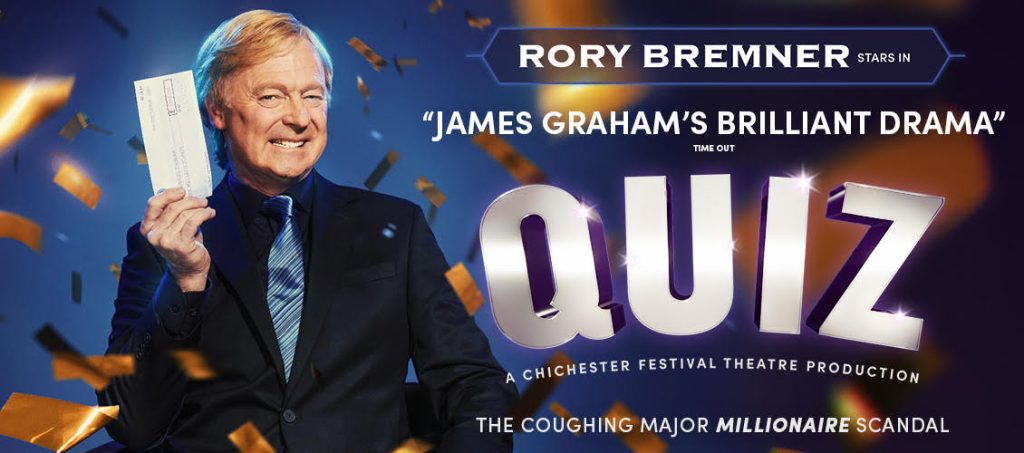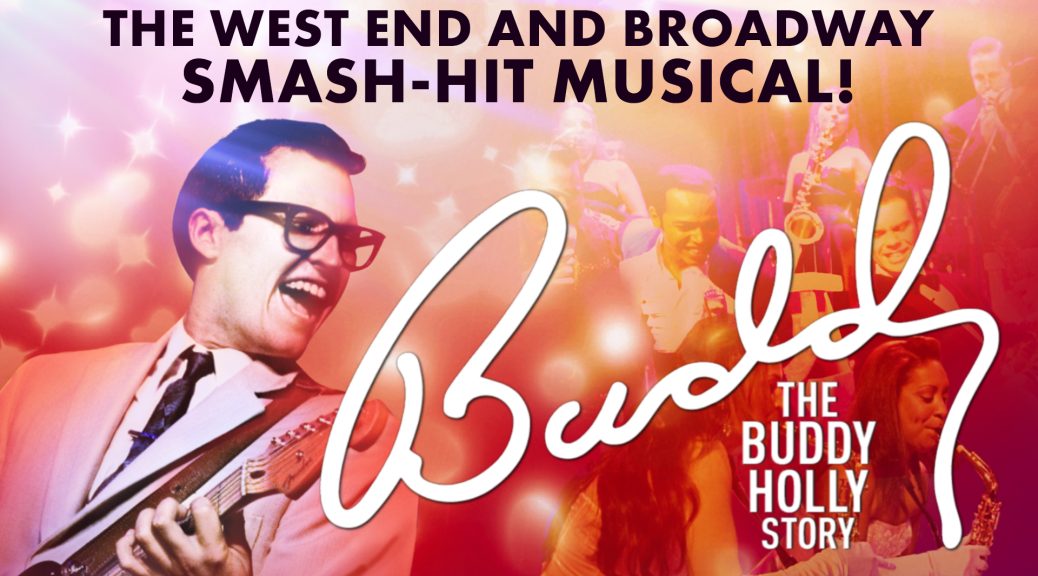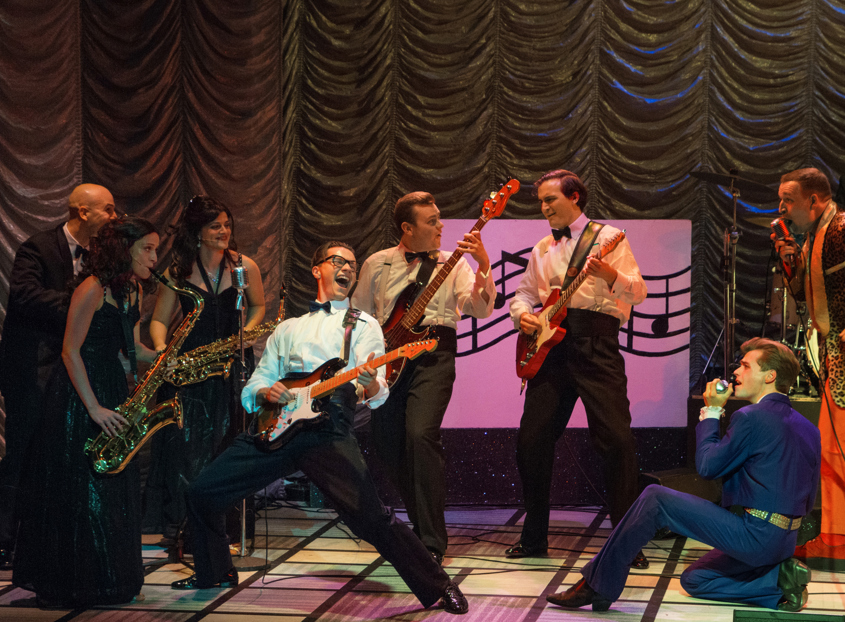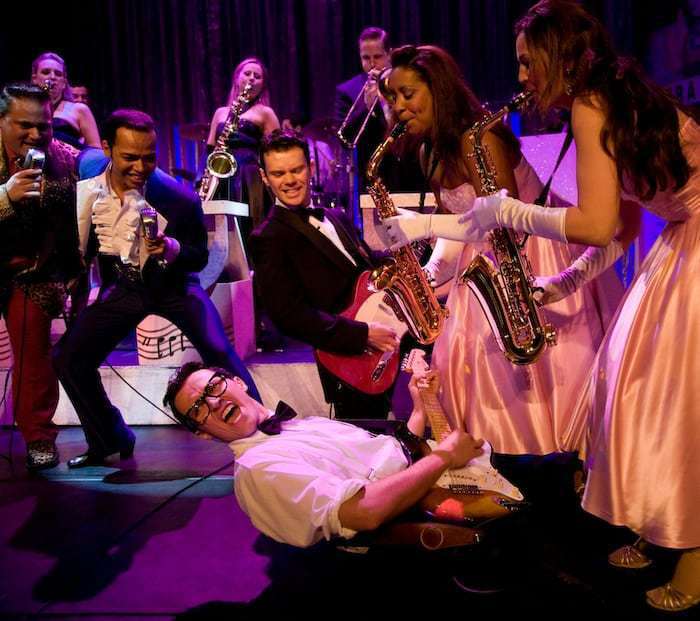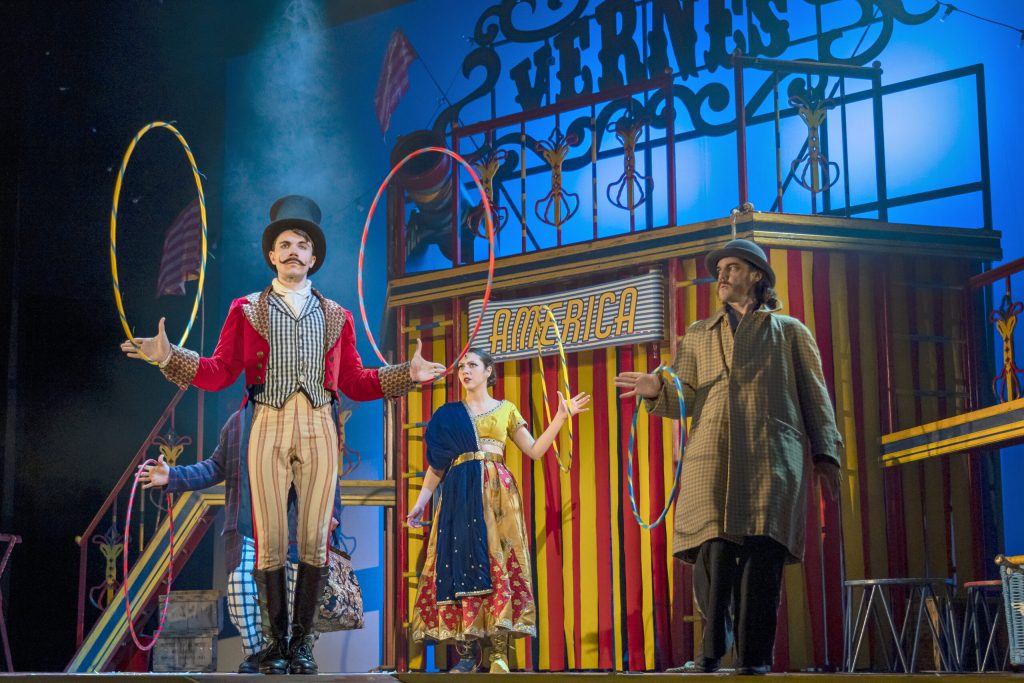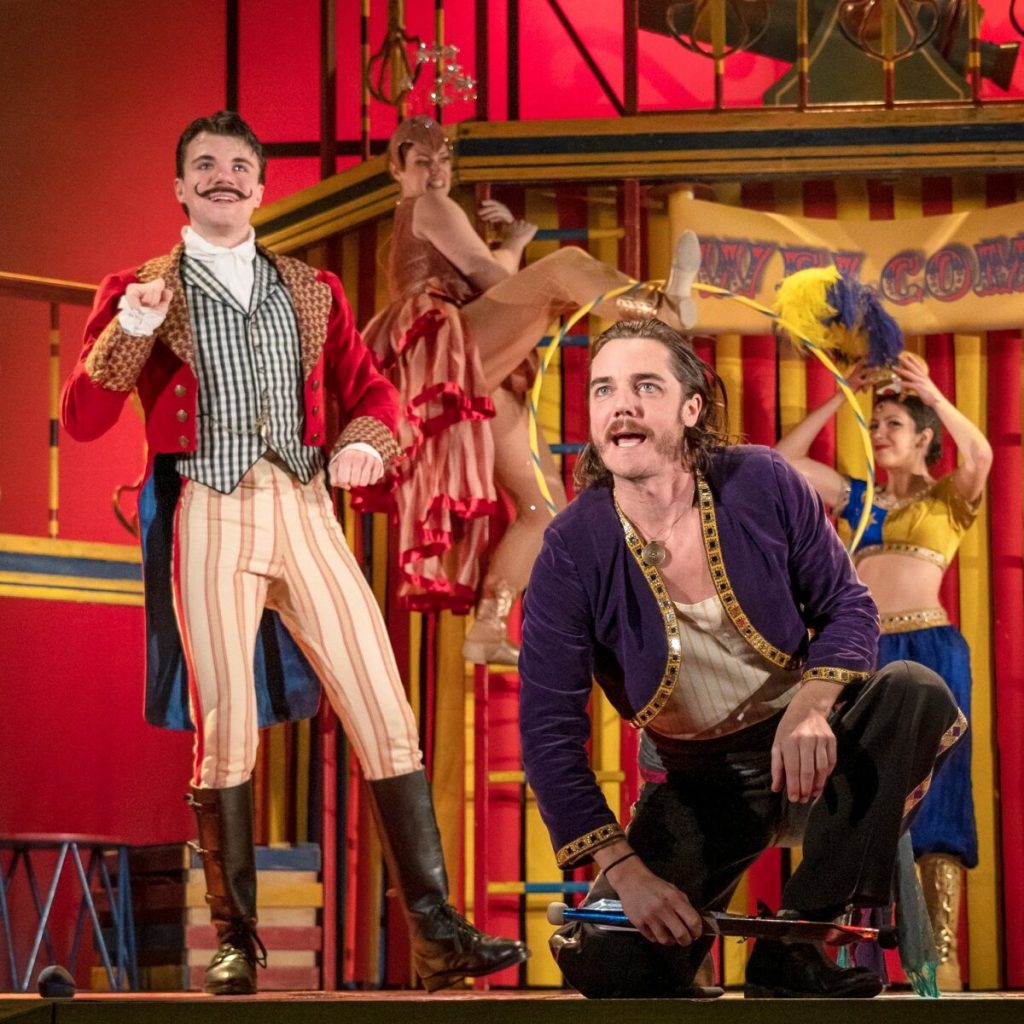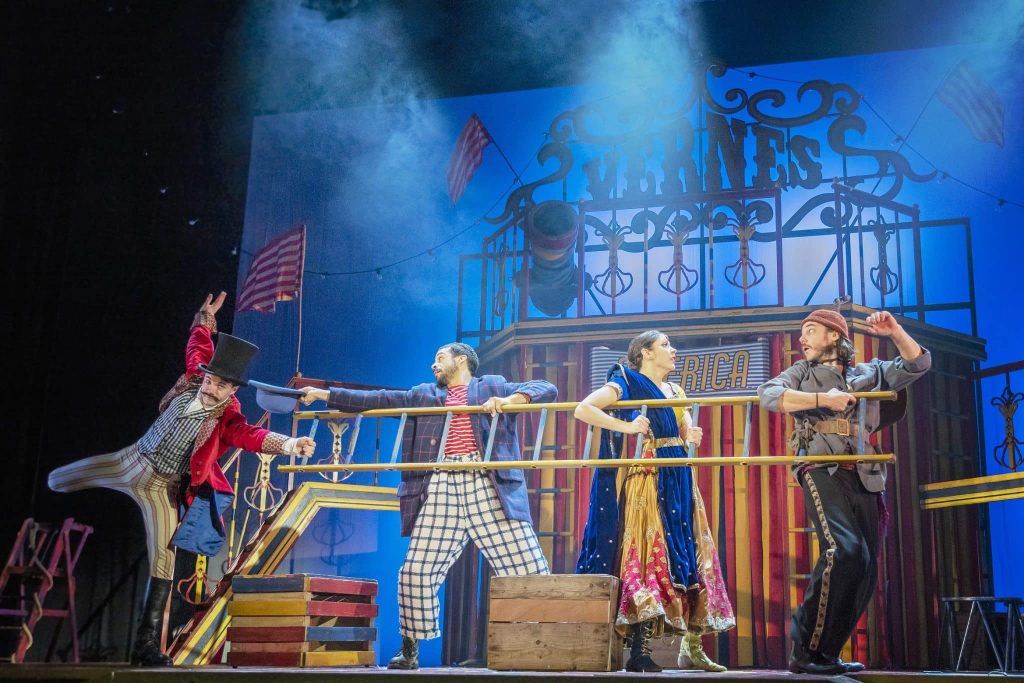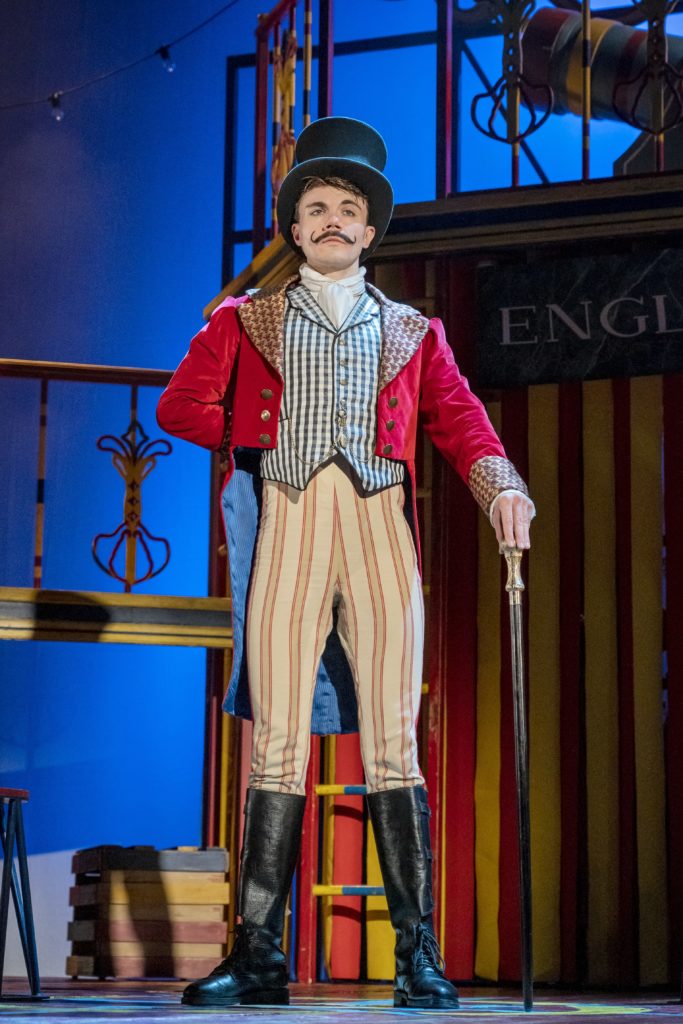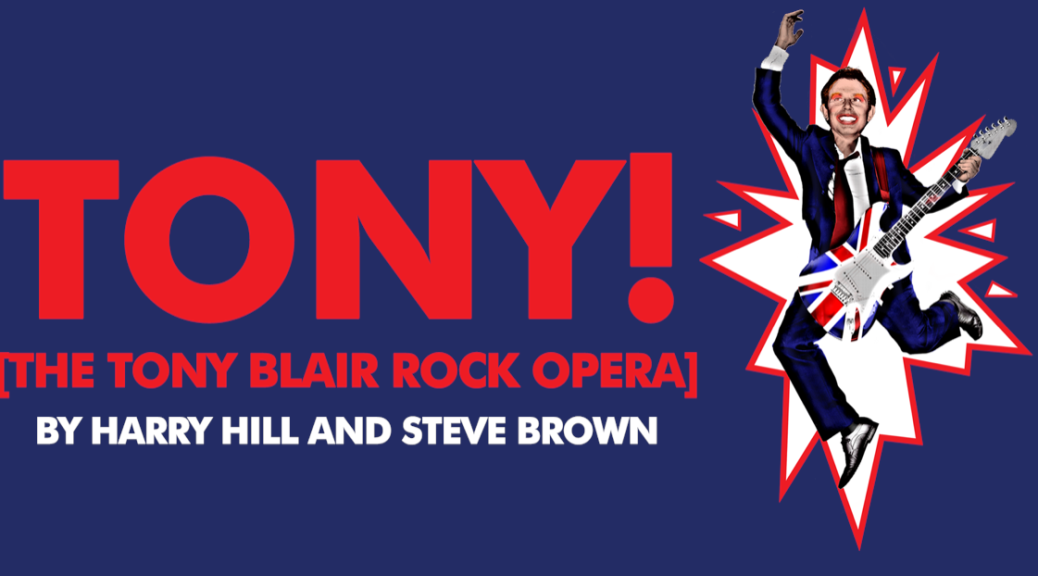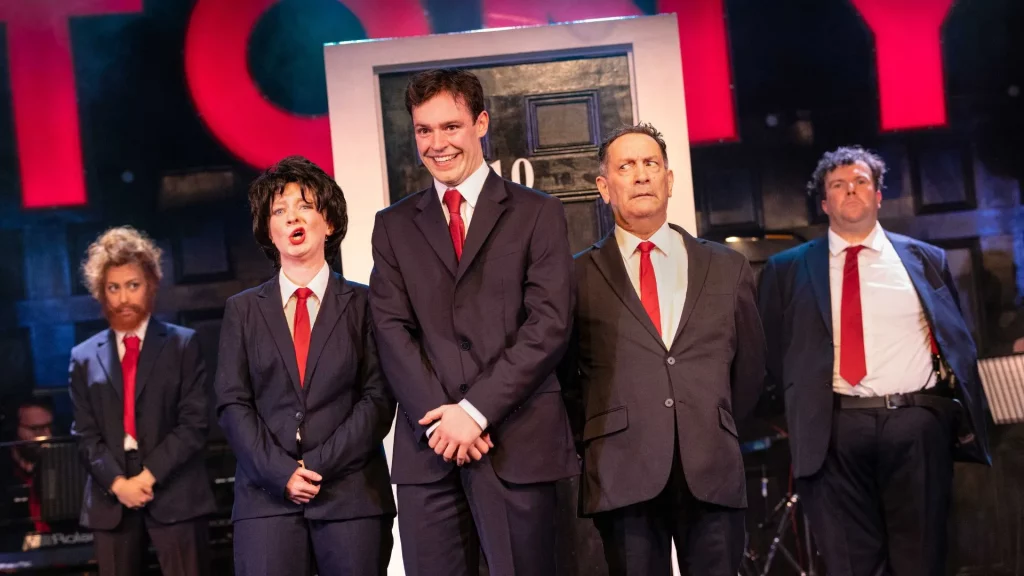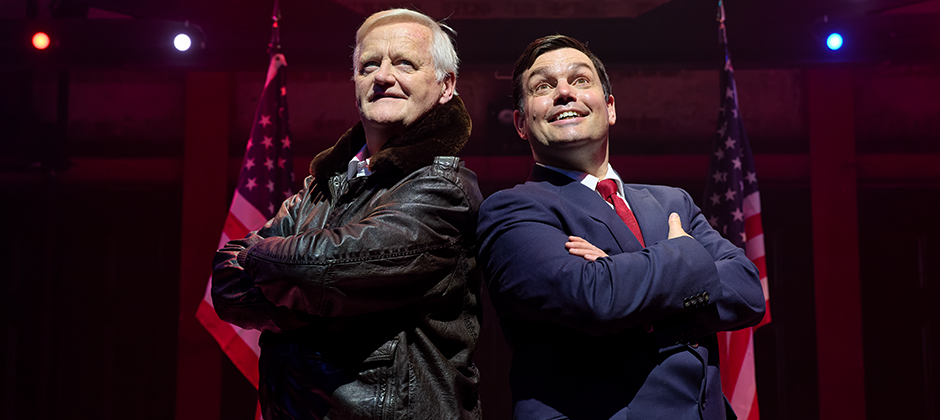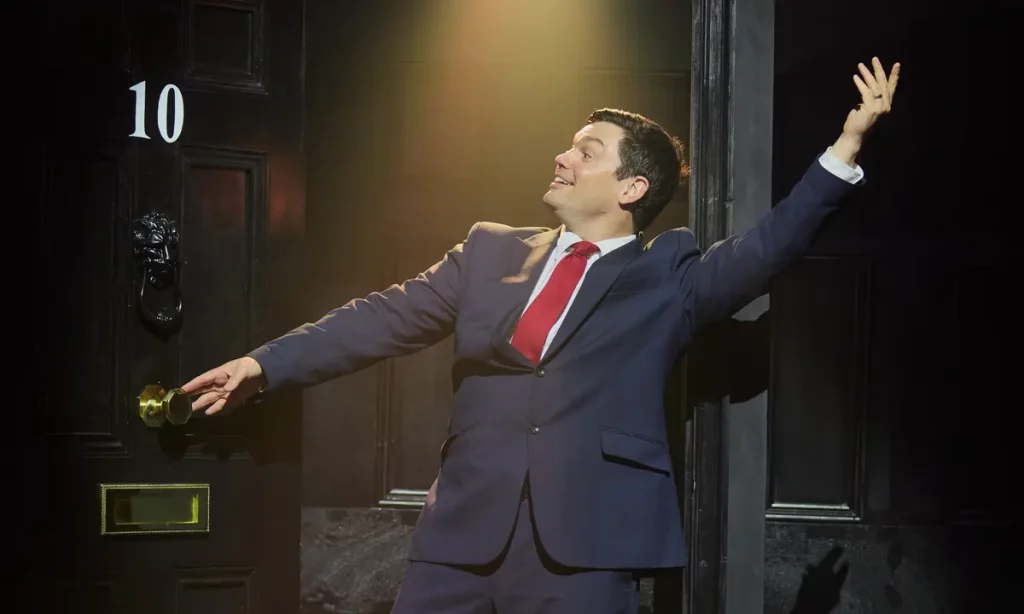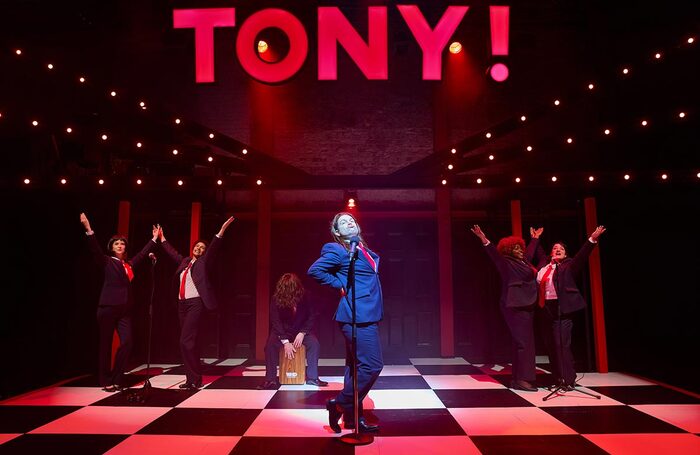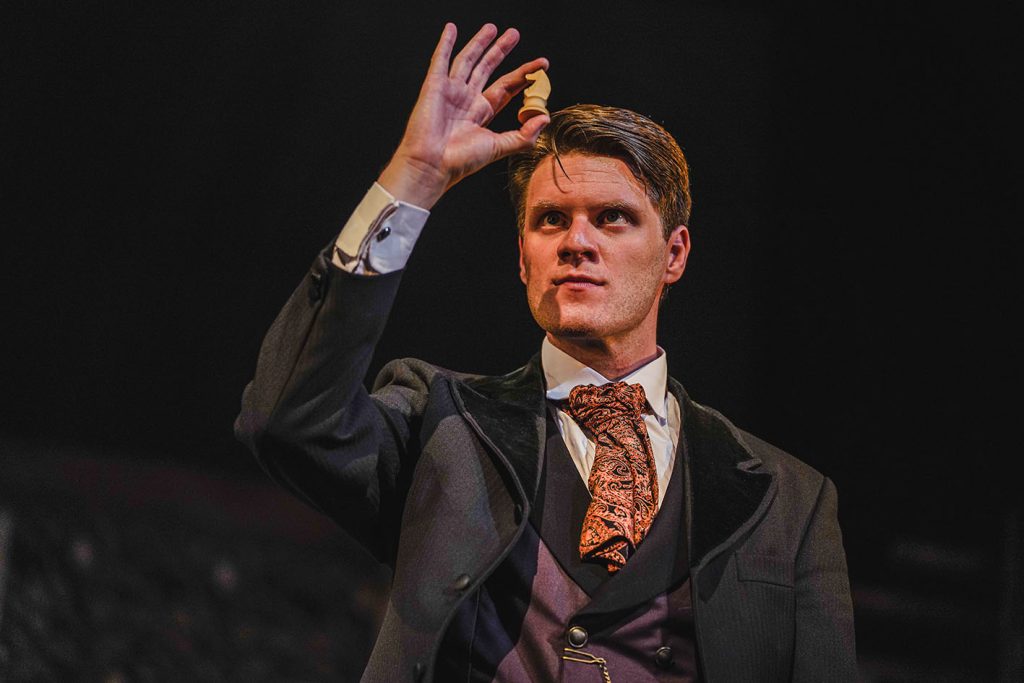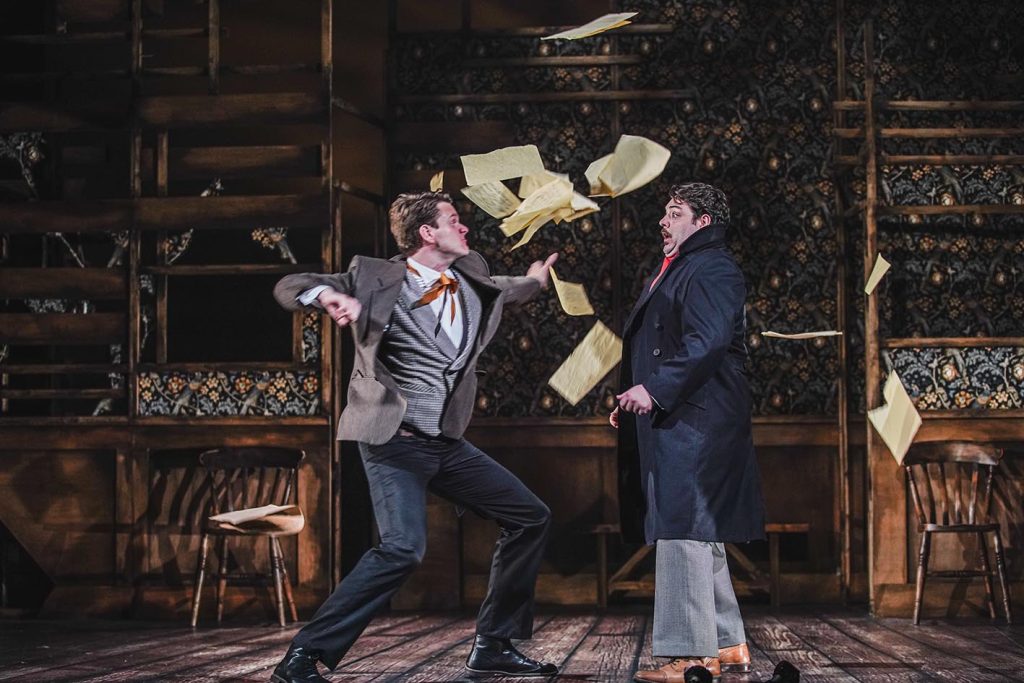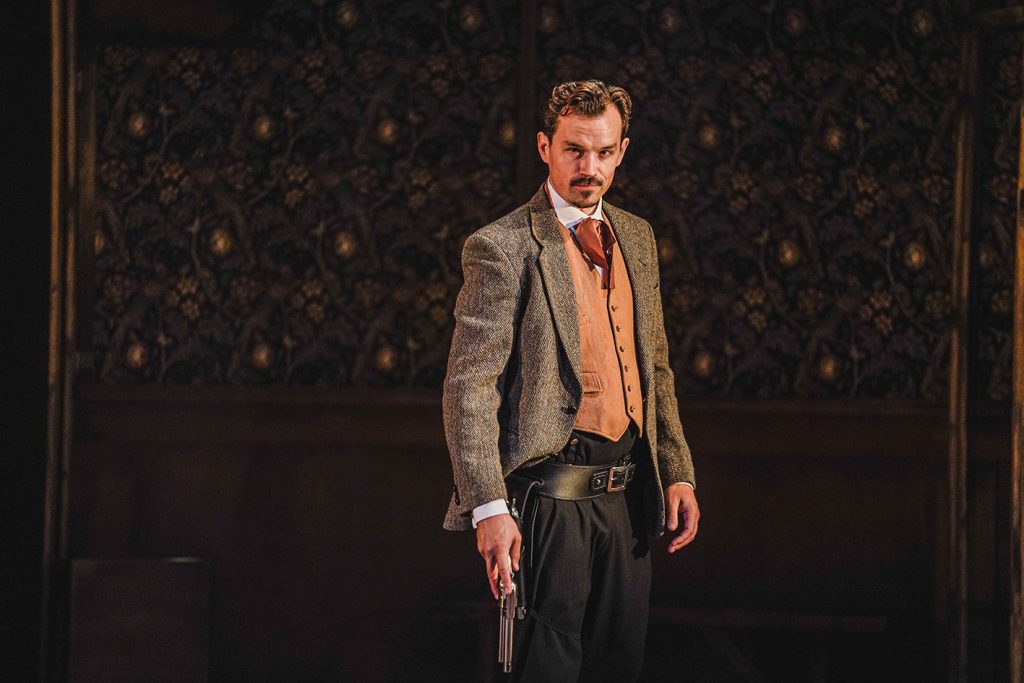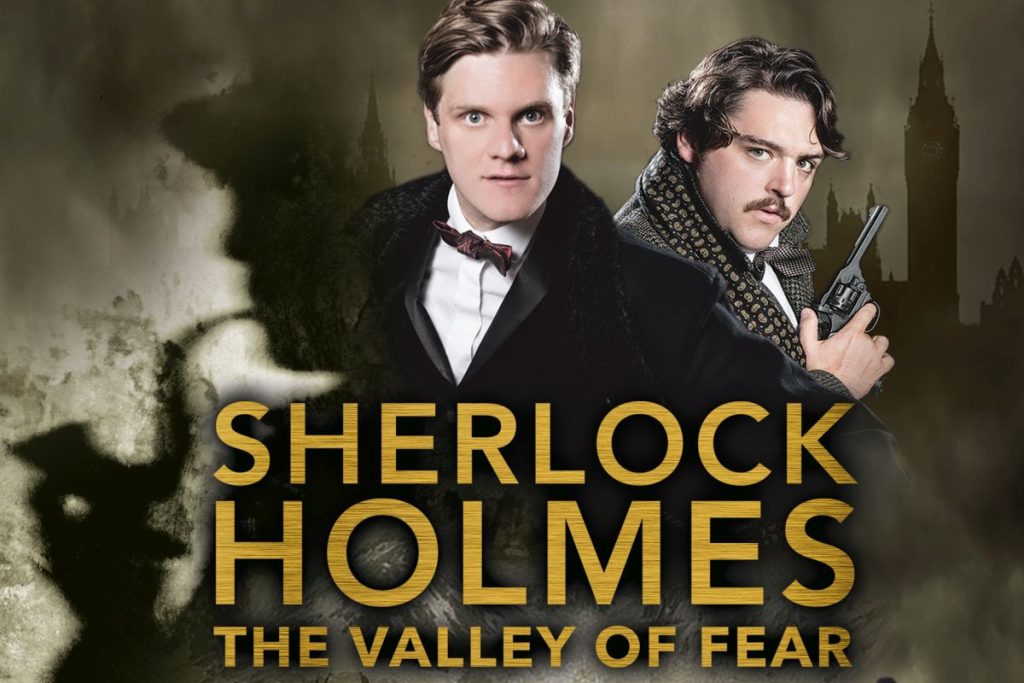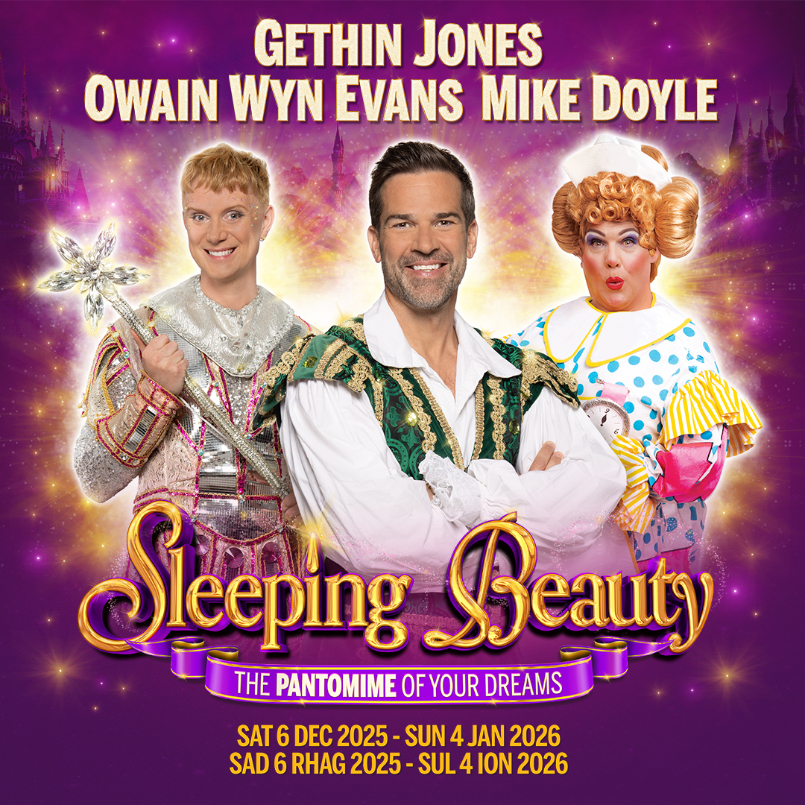
 (4 / 5)
(4 / 5)
It’s a great big festive, ‘How’s it going, alrigh’?’ from the annual Christmas pantomime at the New Theatre, Cardiff. Sleeping Beauty is packed full of inuendoes, fast paced slapstick, fabulous musical numbers and a fabulous, mostly returning cast who brought the house down with ease.
It’s the classic fairytale, but with plenty of Welsh flavour; Aurora has been cursed by the wicked, Carabosse, but not to fear, the Spirit of the Pantomime has protected her until the eve of her 21st birthday! When she pricks her finger on a spinning wheel, it’s up to Nurse Nelly, Muddles and the Spirit to rescue Prince Gethin (of Gabalfa, of course…) and return him to the castle in Cardiff so he can bestow true love’s kiss and awaken the princess! Will true love save the day? Will Aurora ever awaken? And will we all be going ‘alright!’ all the way home? Oh yes, we will!
It’s a spectacular affair, as we’ve all come to expect from the New Theatre pantomime; the set is beautifully done, I loved the slick lighting and sound, and the orchestra perform toe tapping numbers with ease, led by Musical Director, Michael Morwood. The special effects are definitely special; the ending of act one takes the audience’s breath away…all I’ll say is that it was definitely gravity defying for Muddles! The choreography by James Bennett is slick and delivered with much aplomb by the talented ensemble and director Matt Slack clearly has a flair for slapstick and comedy, there’s laughs and heart aplenty here. The script by Alan McHugh is delightfully naughty in places, with plenty of jokes for younger and older ears alike!
The all star cast is led by Gethin Jones who is delightful, with a heartfelt performance as Prince Gethin of Gabalfa. He is joined by Emma Kirk as Aurora, who delivers the role with huge enthusiasm and energy. Aurora is usually a smaller role in the pantomime, but Emma really makes her presence felt with great personality, immediately earning her place in the hearts of the audience. Owain Wyn Evans is a force to be reckoned with for Carabosse and delivers fast paced weather puns with ease. Jalisa Phoenix-Roberts is a delightfully evil, but likeable Carabosse, with vocals and sass to die for. Jack Ryan is instantly loveable as Muddles, often at the butt of many jokes and much slapstick. I particularly loved his interaction with Nurse Nelly in the ‘Wonder of You’ section, which was delivered exceptionally well. My personal favourite was Mike Doyle as the fantastically naughty Nurse Nelly. His speech delivered so many fast-paced innuendos, it was hard to keep up! His voice is excellent, and he holds the audience in the palm of his hand throughout the whole production.
All in all, it’s a slick, well-oiled pantomime, full of laughs aplenty, tight dance routines, toe tapping musical numbers and a great deal of heart. It’s guaranteed to have something for every member of your family and is a great night out over this Christmas period. It’s a spectacular show which needs to come out of your dreams and become a family tradition this Christmas time!
You can find out more about the production and book tickets here

